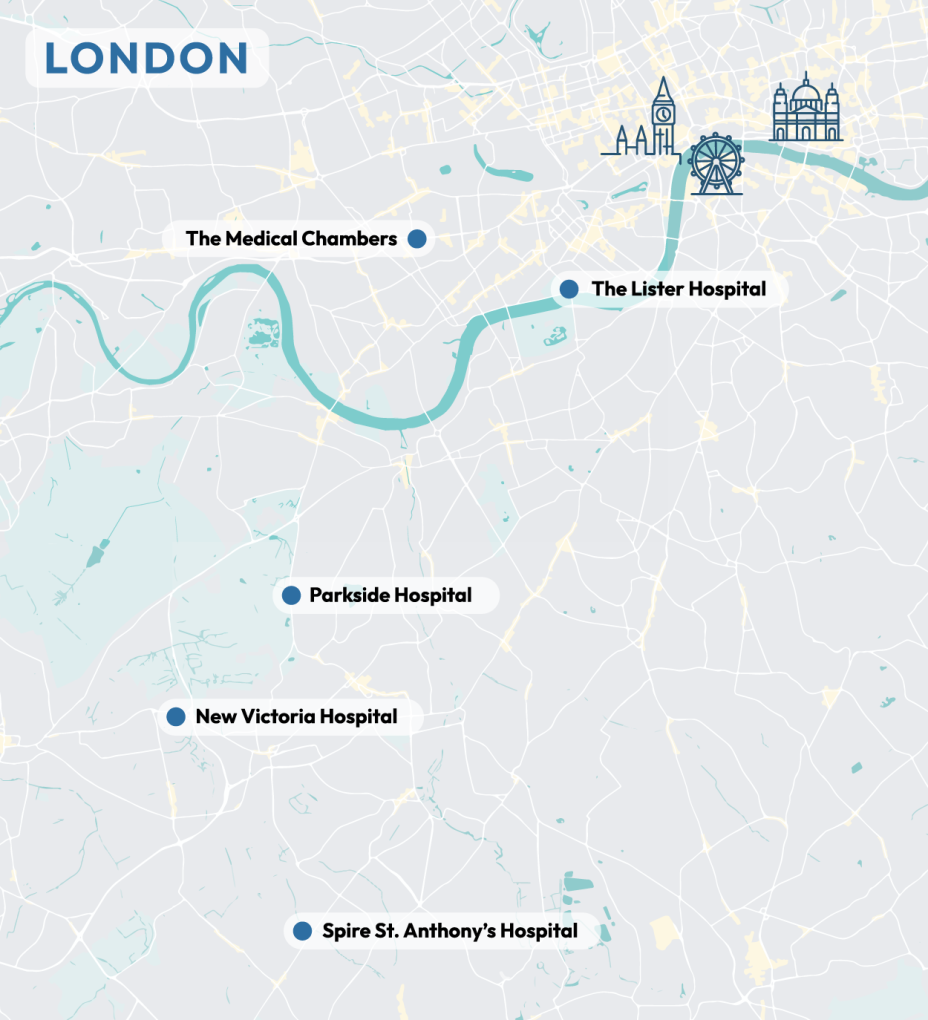Why do I have to get a colposcopy?
Healthcare providers may recommend colposcopies to investigate any warning signs or concerns following other diagnostic procedures further. This includes women who have irregular results from Pap tests or pelvic exams, for instance, or those with positive HPV test results.
This is why regular cervical screening is essential, and women should undergo regular smears, HPV, and colposcopy tests as and when advised to minimise their risks of severe long-term conditions.
It is important to note, however, that having a colposcopy is not a sign that you have cervical cancer. Most cervical cell changes are not cancerous. A colposcopy simply provides your doctor with a better look to check any possible warning signs and recommend treatment, if necessary.
What happens at a colposcopy? – Procedure overview
The sections below detail each stage of the procedure – before, during, and after – so you know what to expect.
FAQ
Is it safe to have a colposcopy while pregnant?
It is safe to perform a colposcopy while pregnant. However, we avoid taking smears as they can be inaccurate, and biopsies are planned only if there are lesions present that are highly suspicious of cancer.
Do I need a colposcopy if I have HPV?
It depends. If you are positive for HPV but have normal smear test results, you may not need a colposcopy right away. Your doctor may prefer to monitor the situation, re-screen you a year later, and then reassess.
Can I get a colposcopy on my period?
Yes, but it is usually better to avoid this, as it will be easier for your doctor to see in and around the vagina if you are not bleeding.
Does a colposcopy hurt?
Experiences vary, but many patients say that colposcopies are mostly painless. You may feel light burning or pinching sensations when the solution is inserted or when your doctor takes the biopsy.




